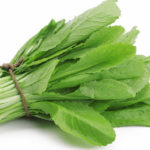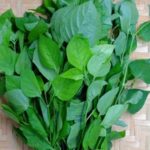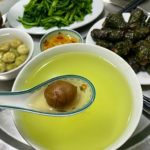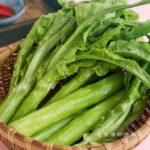Watercress
If you are looking for a nutrient-rich vegetable that is not grown with chemicals, never overlook watercress. This is the type of vegetable that cannot be grown with chemicals. These types of vegetables usually grow wild and do not have high economic value, so they are very safe for health.
However, few people know that watercress has a slightly bitter and cool taste, similar to cabbage, and is very easy to grow from seeds. The plant grows into many branches, just picking the leaves to eat, the plant continues to grow.
At the same time, according to nutrition experts, watercress has strong resistance, so no chemicals are needed to kill pests. Moreover, according to the experience of farmers, if the planting process is well taken care of, the plants grow well and the young leaves are not bitter, they taste delicious and are good for health.
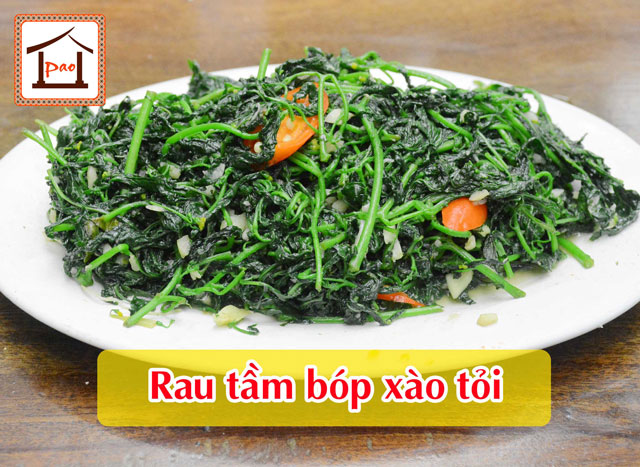
Purslane
According to nutrition experts, purslane is rich in vitamins A, E, K… which are very good for health. Moreover, purslane is a type of plant that usually grows wild. But recently, many families have actively planted this vegetable from seeds.
Purslane has robust roots, deep roots, good water resistance, high germination capability, and it usually grows in areas with temperate and tropical climates. Purslane is also one of the vegetables that farmers rarely have to use pesticides for. Therefore, you can buy purslane to eat without worrying about them being grown with chemicals.
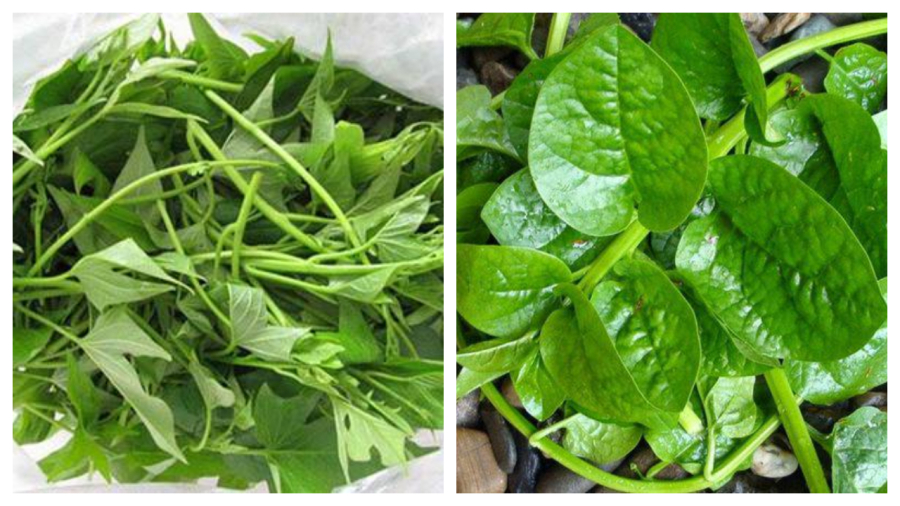
Water spinach, amaranth
If you are looking for a healthy vegetable that is not grown with chemicals, you cannot miss water spinach and amaranth. These vegetables are always on the list of easy-to-grow and less prone to chemical contamination. Water spinach is a popular vegetable in family meals, especially in the summer.
Water spinach contains pectin, a valuable slimy substance used to prevent and treat many diseases. This makes water spinach have a laxative effect, helps remove fat and prevent obesity, suitable for people with high fat and blood sugar levels. Therefore, when you go to the market and see this vegetable, do not overlook it.
Ceylon Spinach
According to the sharing of Oriental medicine experts, ceylon spinach is a good vegetable for health, helps with digestion, and is very good for your health. Moreover, ceylon spinach is very easy to grow, just plant the branches in damp soil. Not only that, ceylon spinach also branches out and has many roots, so planting it once can yield a long harvest. Therefore, this is a vegetable that is very good for your health and is not grown with chemicals, so don’t miss it.

























